Solar Wall Lights: Balancing Home Lighting and Security
Why Solar Wall Lights Appeal to Homeowners
Many families are turning to solar wall lights to address both lighting and security needs without hiking up electricity bills. These compact, eco-friendly devices promise to brighten dark corners while offering a layer of protection through motion detection. They’re easy to install, require no wiring, and harness the sun’s energy—making them a practical choice for modern homes. But how well do they really perform as a dual-purpose solution? Let’s break it down.
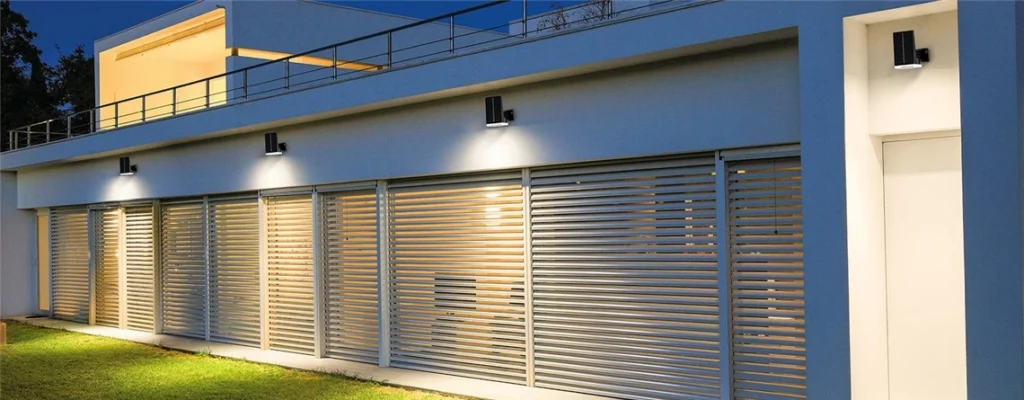
Regular Wall Lights vs. Security Lights: Key Differences
When choosing between standard wall lights and security-focused options, it’s worth understanding how they differ:
- Brightness: Regular solar wall lights typically emit 100–500 lumens, enough to light up a pathway or porch. Security lights, however, often push 700–2,000 lumens to deter intruders and cover larger areas.
- Motion Detection Range: Standard lights may have basic sensors with a 5–10-meter range, while security lights extend to 15–30 meters, ensuring broader coverage.
- Purpose: Regular lights focus on ambiance or basic illumination; security lights prioritize sudden, intense light to startle and expose potential threats.
These differences mean solar wall lights can serve as a budget-friendly compromise, but they may not match the intensity of dedicated security systems.
Can Motion Sensors Replace Traditional Security Lighting?
Motion-activated solar wall lights are a big draw for homeowners seeking convenience. But are they enough to replace traditional security lighting? Here’s the breakdown:
- Pros:
- Energy efficiency: Lights only activate when motion is detected, saving battery life.
- Quick response: Most sensors trigger within 0.5–2 seconds, providing instant illumination.
- Flexibility: Adjustable sensitivity and timer settings let you customize performance.
- Cons:
- Limited range: Smaller sensors may miss activity beyond 10 meters.
- False triggers: Pets, passing cars, or even strong winds can set them off.
- Dependence on charge: Cloudy days or short winter daylight can weaken performance.
While motion sensors make solar wall lights a solid addition to home security, they’re not a full replacement for hardwired floodlights or CCTV systems, which offer consistent power and broader monitoring.
Battery Life and Real-World Applications
A key concern with solar wall lights is their battery life. Most models use lithium-ion batteries charged by solar panels, lasting 8–12 hours on a full charge. Here’s how they hold up:
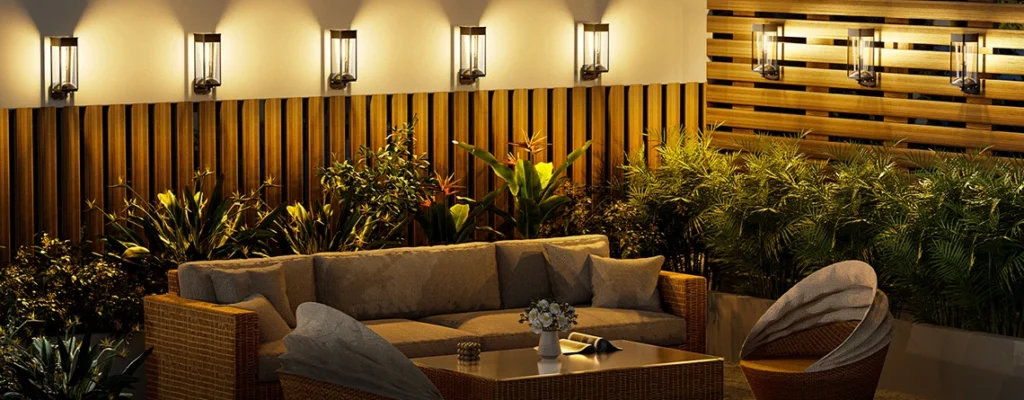
- Sunny Conditions: In ideal weather, a 6–8-hour charge can power lights through the night, especially in motion-sensor mode.
- Cloudy Days: Performance drops, with some lights lasting only 4–6 hours if sunlight is limited.
- Winter Challenges: Shorter days and weaker sunlight can strain battery life, requiring strategic placement in sun-exposed areas.
For best results, position solar wall lights in spots with direct sunlight and use motion-sensor modes to extend runtime. High-capacity models (2,000–3,000 mAh batteries) are better for high-traffic areas like driveways.
Where Solar Wall Lights Shine: Practical Uses
Solar wall lights are versatile, fitting various spots around the home. Here’s how they perform in common setups:
- Garage: A 500–1,000-lumen light with a 10-meter sensor range works well to illuminate vehicles or detect movement near entrances.
- Front Gate: Motion-activated lights here deter unwanted visitors and guide you safely to your door. Models with adjustable brightness are ideal for balancing ambiance and alertness.
- Fences or Perimeters: Installing multiple solar wall lights along a fence creates a “light barrier” that highlights activity. Opt for weatherproof models (IP65 or higher) to withstand rain and dust.
- Backyard or Pathways: Lower-lumen lights (100–300) enhance visibility without blinding neighbors, while motion sensors add a security boost.
In real-world tests, users report that solar wall lights improve safety by lighting up dark zones, though their effectiveness depends on proper placement and regular cleaning of solar panels to maintain efficiency.
Limitations to Keep in Mind
While solar wall lights are a great addition, they’re not flawless:
- Weather Dependency: Cloudy or rainy spells can reduce charging efficiency, dimming lights when you need them most.
- Range Constraints: Smaller models may not cover large yards or multi-story homes effectively.
- Not a Full Security Solution: They deter casual intruders but lack the monitoring or recording capabilities of cameras or alarms.
For critical areas, pairing solar wall lights with other security measures—like motion-activated cameras—creates a more robust defense.
Conclusion: A Helpful Tool, Not a Complete Solution
Solar wall lights offer an affordable, eco-friendly way to enhance both lighting and security for homes. They’re easy to install, cut energy costs, and provide decent illumination with motion-sensing perks. However, their performance hinges on sunlight, sensor range, and battery quality, making them a strong auxiliary tool rather than a standalone security system. For families looking to light up their garage, gate, or fence while adding a layer of deterrence, solar wall lights are a smart pick—just don’t expect them to match the power of professional-grade setups. Pair them with other measures for peace of mind, and you’ve got a practical balance of convenience and safety.




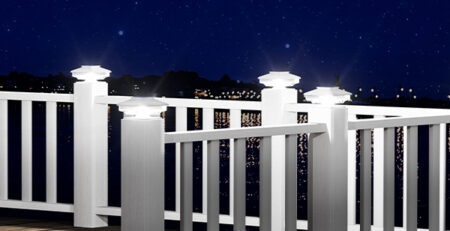
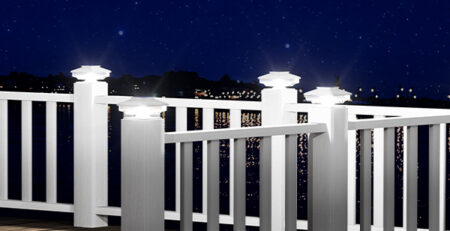

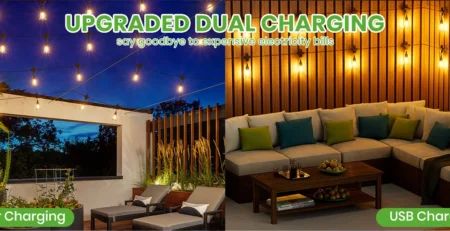

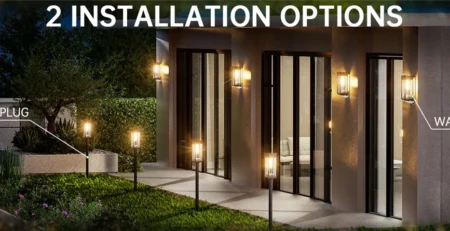
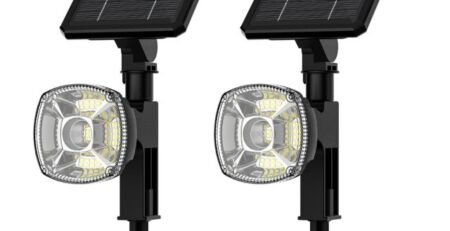
Leave a Reply